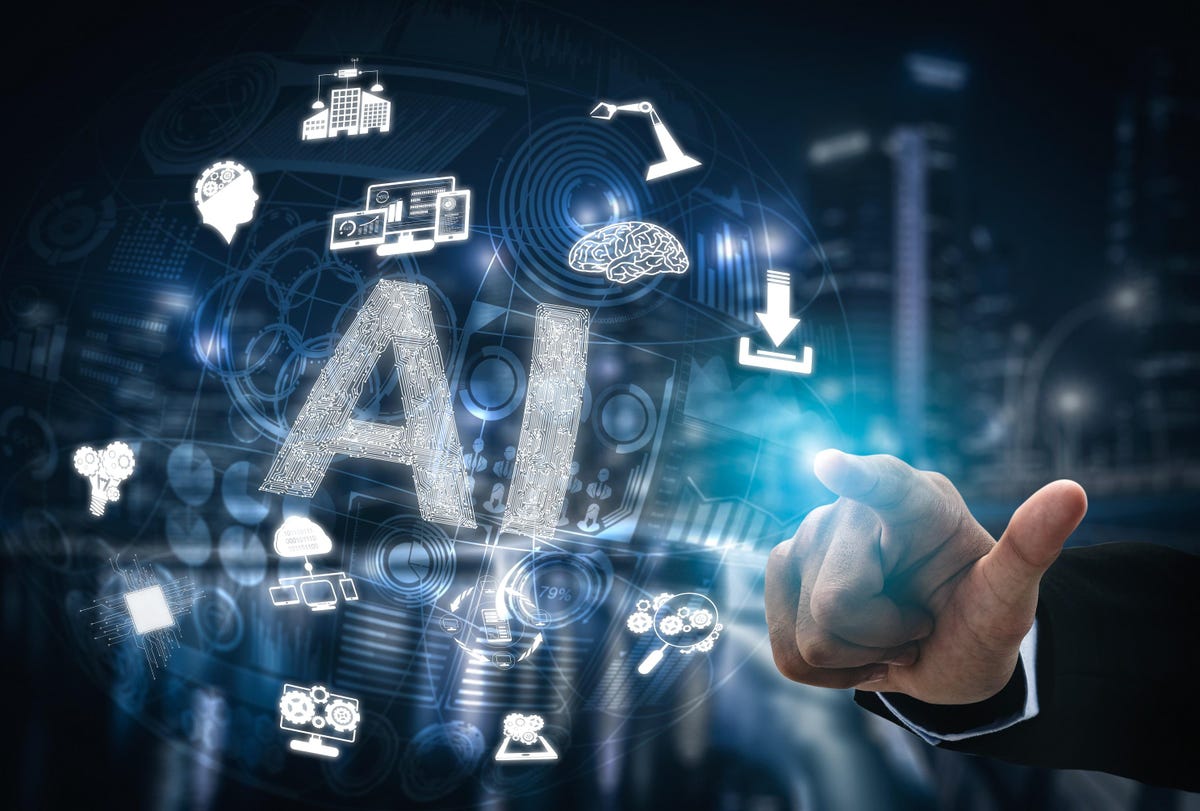Impacts Of Generative AI On Customer Experience
One of the most significant technological inflections is undoubtedly generative technology, often known as generative AI. There aren't many products or tools that can practically include all of human knowledge that is digitally accessible. With the use of transformers and large language models (LLMs) like GPT-3 and Stable Diffusion, technology has advanced dramatically. World-changing AI models include ChatGPT, GPT-3, and DALL-E. Numerous generative AI applications that offer human-like, and often superhuman, creativity have been made possible thanks to massive funding collected by businesses like OpenAI and Stability AI.
In general, there are multimodal models like Stable Diffusion or single-mode models like GPT-3 for text. When provided a prompt, GPT-3 makes advantage of the context to produce text that is relevant to and consistent with the input. One of the major distinctions between GPT-3 and other multimodal models, such as Stable Diffusion, is that whereas multimodal models are able to produce a number of outputs, including text, graphics, and audio, GPT-3 is primarily focused on producing text. This makes GPT-3 a potent tool for producing text that resembles human speech, although it is not as adaptable as multimodal models. In reality, ChatGPT created this paragraph on its own when provided the following prompts: “How does GPT-3 generate text using a prompt, and what is the difference between GPT-3 like text models and multimodal models like Stable Diffusion?”

The creation of applications for such complex AI models is still in its early stages. We are aware of a few growing apps for content marketers (Jasper AI, Copy AI), code engineers (GitHub Copilot), and image/video creators (Runway AI). There is a lot of discussion on how users and clients of multichannel (web, messaging, social, voice) enterprises will interact with these technologies. The $500 billion to $1 billion industry for customer experience (CX) and customer service (CS) will use generative AI in ways we can only imagine. Assume being able to communicate with a website's product pages, support articles, or virtual agents who are adept at talking and discussing your requirements with you via email, chat, or phone.
According to a VentureBeat research, creating a collection of support articles for websites is one of the most popular ways businesses share knowledge with their consumers for self-service, but it is also one of the least used assets. Using search alone to find information from hundreds of support articles becomes quite time-consuming and complex. The methods now in use rely on manually created knowledge articles and FAQ chatbots, which are inflexible and expensive to maintain, call for regular updates as information changes, and are extremely limiting because they only provide links to top search results. In order to discover the appropriate material, users must then read through articles. For instance, one of the top telecom chatbots gave a list of articles to read when I asked it, "What is 5G and what do I get if I switch?"
Users are given a hierarchy of subjects to help them focus their searches (e.g., payments -> credit card -> payment through app) in order to alleviate some of these issues. This results in higher accuracy but still presents issues with low deflection. Because these chatbots lack language understanding, contextual awareness, and the ability to collect knowledge from numerous sources, they struggle with advanced inquiries like comparison and intent switch. Businesses pay $100,000 to $1,000,000 to provide a restrictive experience that is uninteresting to users.
Why can't generative AI be applied in this field since it can physically read these articles and paraphrase them? By locating appropriate articles and then synthesizing them in the context of the user's request, generative AI-based chatbots might address these problems, providing a quick and cost-effective answer with a high level of self-service. The IT world has been debating whether ChatGPT may be considered a potential replacement for article chatbots ever since its inception. ChatGPT is content-oriented and adaptable for open-domain conversations thanks to its language understanding and contextual answer generating capabilities. However, since it lacks the essential "subject-centric" foundation, it swiftly veers off topic, confidently hallucinates, and produces erroneous or irrelevant information. For instance, you wouldn't want ChatGPT to have a breakdown and declare that the interest rate on credit cards is 2% if you were a bank. That will undoubtedly lead to increased credit card applications, but it will also bring lawsuits and brand mistrust. Therefore, developing such article bots requires more than just ChatGPT and pre-existing generative models. Enterprises need solutions that are very accurate, contextual, safe, and based on facts from published articles.

Delivering an accurate and brand-centric experience requires extensive subject expertise in order to effectively utilize the capabilities of generative AI. To create genuinely outstanding AutoArticle Bot CX and CS use cases, certain businesses, including Got It AI, have integrated unique anti-hallucinogenic technology based on GPT-3 (the underlying language model underpinning ChatGPT). For example, the manually configured telecom bot offered the following articles when I asked the identical query as above (“What’s 5G and what do I get if I switch?”): “What is 5G?” “Shop 5G devices” and “Explore our current plans.” The response produced by AutoArticle Bot, on the other hand, read: “5G is the next generation of wireless technology that offers faster speeds, lower latency, and more capacity than 4G LTE. With our 5G plan, you get unlimited high-speed data, 50 GB of premium Mobile Hotspot data, up to 50% off internet, and 600 GB of cloud storage data.” Instead of delivering article links for users to read, the conversational AI Articlebot understood that the user was seeking for two different categories of information and accurately provided a response by collecting pertinent material from several article sources.
There are many exciting breakthroughs in generative AI, but in order to fully realize its potential, companies and customers must be aware of the dynamics, blind spots, and flaws that are continually changing. When fully employed, these AIs will revolutionize the consumer experience!





























